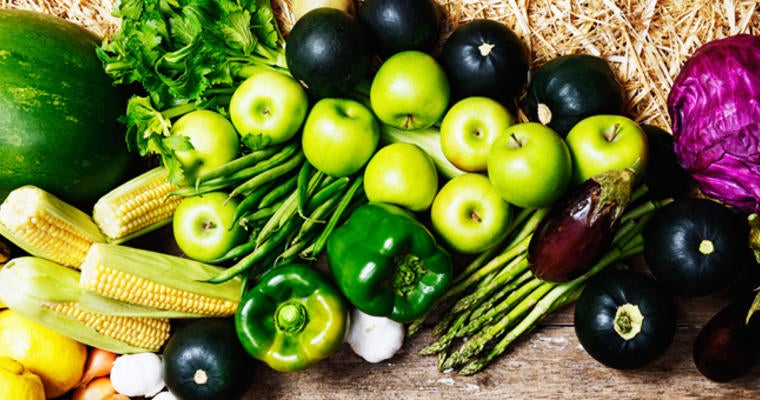Clean labels are part of the National Restaurant Association top 10 trends for 2015. In 2013, the New Nutrition Business (NNB) declared clean labels as the predominant trend. How can we integrate clean labels into a food service operation? We first have to understand what the concept of a clean label is. The FDA (Food and Drug Association) does not have a formal definition for this trend. The Institute of Nutrition and Functional Foods (INAF) describe it as a growth opportunity on which a company can focus in order to increase volume, sales and profitability by innovating and adopting a competitive position in the market. Clean labels are not necessarily a scientifically proven advantage, but a marketing opportunity for manufacturers. According to the INAF, clean labels are the marketing strategy behind the success of greek yogurt, coconut water, pistachios and almonds.
Consumer Demands
According to Canadian Grocer magazine, this trend demonstrates that consumers are looking for food with organic ingredients, no artificial colour, no food additives and no GMOs. They want the most simple ingredient list possible. However, Health Canada has an extensive list of authorized foods which include: food colour, emulsifying agents, enzymes, chelating agents, sweeteners and many more. Therefore, food additives are present in many products and so having a minimal ingredient list represents a tough process for manufacturers.
Before adopting this trend, as a dietitian, I suggest you start by reading the ingredient list when you pick up a new product. Two basic principles must be respected in order to make an informed choice. First, choose a product with the shortest possible ingredient list. Second, pay close attention to the three first ingredients. In decreasing order by weight, the first ingredients of the list are those present in greater quantity. If sugar is the first item, it is the main ingredient of the product.
Finding the Balance
I am not against looking for clean labels. However, I believe it is possible that a healthy diet includes products with food additives and preservatives. I therefore do not suggest choosing a 100% clean label menu in your foodservice operation. After all, other important factors need to be considered, such as food cost, nutritional content, shelf life and taste of the product. Balance is the key.
If interpreting an ingredient list represents a challenge, please ask the Nutrition Resource Centre for assistance by writing to nutritionrc@gfs.com. We will be pleased to answer any questions regarding the ingredient list of a food product.










